The question of whether black mambas can be found within the United States intrigues both wildlife enthusiasts and the general public. Known for their speed, agility, and potent venom, these snakes are subjects of fear and fascination. This article will delve into the truth behind their presence in the United States, unraveling the mysteries surrounding these remarkable reptiles.
Understanding the Black Mamba
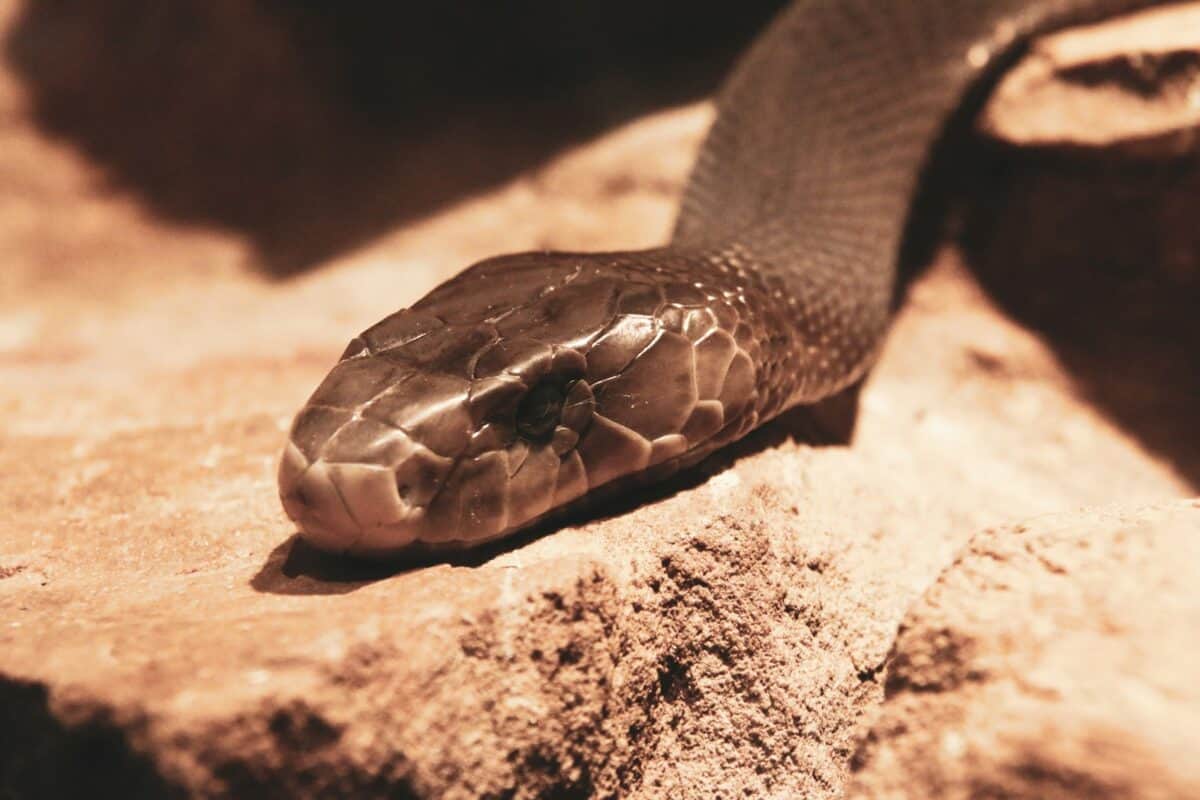
The black mamba (Dendroaspis polylepis) is a large and highly venomous snake native to parts of sub-Saharan Africa. Despite its name, the snake is not truly black; rather, it’s typically olive to grey in color. The “black” in its name refers to the deep, inky color inside its mouth, which it displays when threatened.
Native Habitat of the Black Mamba

Black mambas are indigenous to the African continent, where they inhabit a variety of environments, including savannas, rocky hills, and open woodlands. This adaptability to different habitats makes them highly successful in their natural range. However, these specific environmental requirements are not naturally met in the United States.
Can Black Mambas Survive in the U.S. Wild?
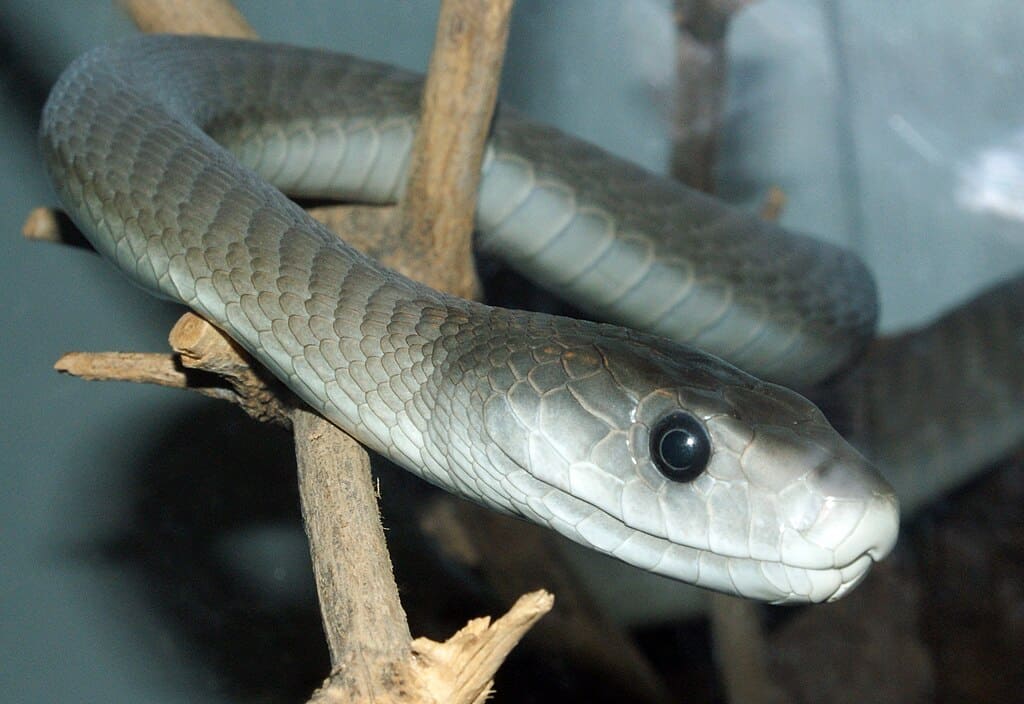
In the wilds of North America, the natural habitat lacks the specific climatic and ecological factors that black mambas need to thrive. The colder climates and different ecosystem elements make survival difficult for these snakes in the American wilderness. Hence, there are no naturally occurring populations of black mambas in the United States.
Instances of Black Mambas in Captivity

While the natural environment of the U.S. does not support black mambas, they can be found in captivity. Zoos, wildlife parks, and certain private collections may house black mambas for educational or conservation purposes. These facilities provide controlled environments that mimic the snake’s natural habitat as closely as possible.
Legal Restrictions on Ownership

Ownership of black mambas is heavily regulated due to their dangerous nature. In many states, keeping a venomous snake, such as the black mamba, requires special permits and strict adherence to safety guidelines. These measures are in place to protect both the public and the animals.
The Myth of Black Mambas in the Wild

Occasional rumors of black mambas sighted in the wild within the United States surface from time to time. However, these reports are often mistaken identities or urban legends. No evidence supports the existence of wild black mamba populations in the U.S.
Interactions with Other American Snakes
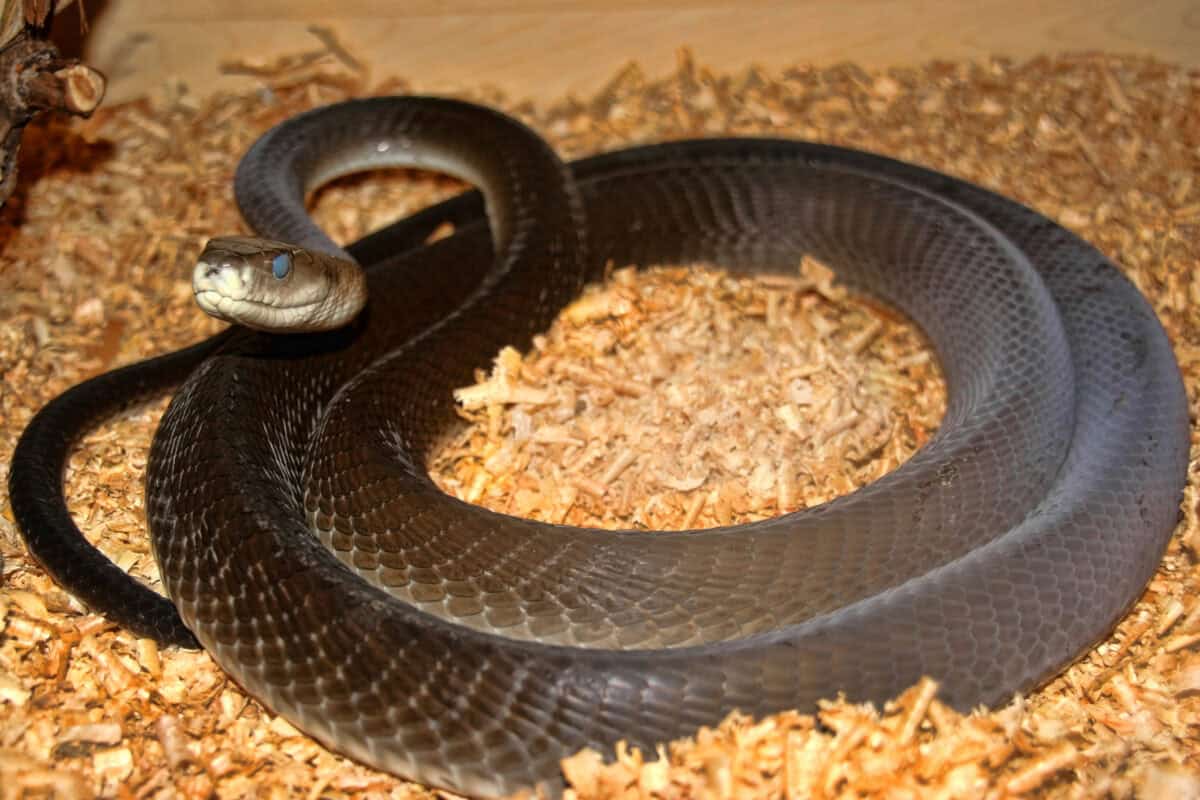
While black mambas are absent, the United States is home to a variety of venomous snakes, such as rattlesnakes, copperheads, and cottonmouths. These snakes share some behavioral and ecological similarities with the black mamba, but they occupy different niches in their respective environments.
Conservation Efforts and Education
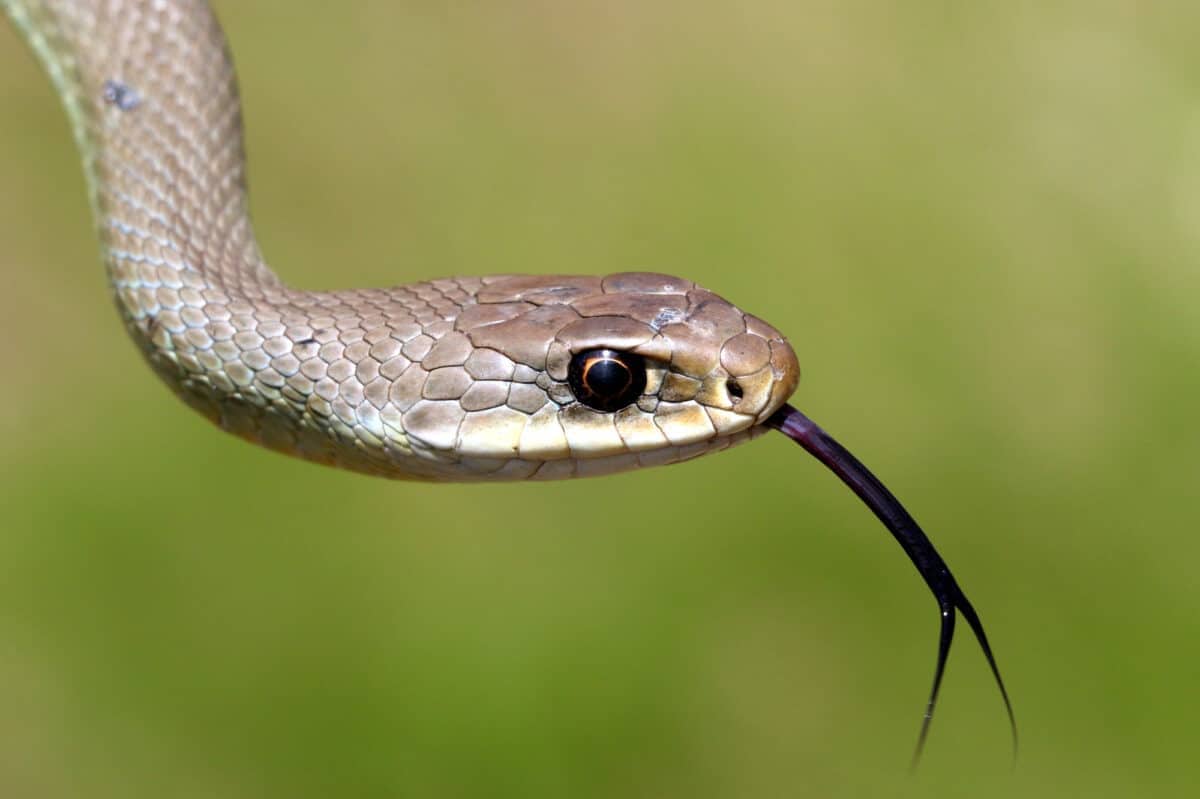
Zoological institutions often engage in educational programs to raise awareness about black mambas and other exotic reptiles. These initiatives aim to promote conservation and inform the public about the ecological roles and needs of these animals.
The Danger and Fascination of Black Mambas

The black mamba’s reputation as one of the world’s deadliest snakes contributes to its allure. With a venom potent enough to kill and a speed that makes escape difficult, black mambas are both feared and respected. However, misconceptions about their aggressiveness need dispelling; these snakes generally avoid human interactions when possible.
Safety Precautions in Captive Situations
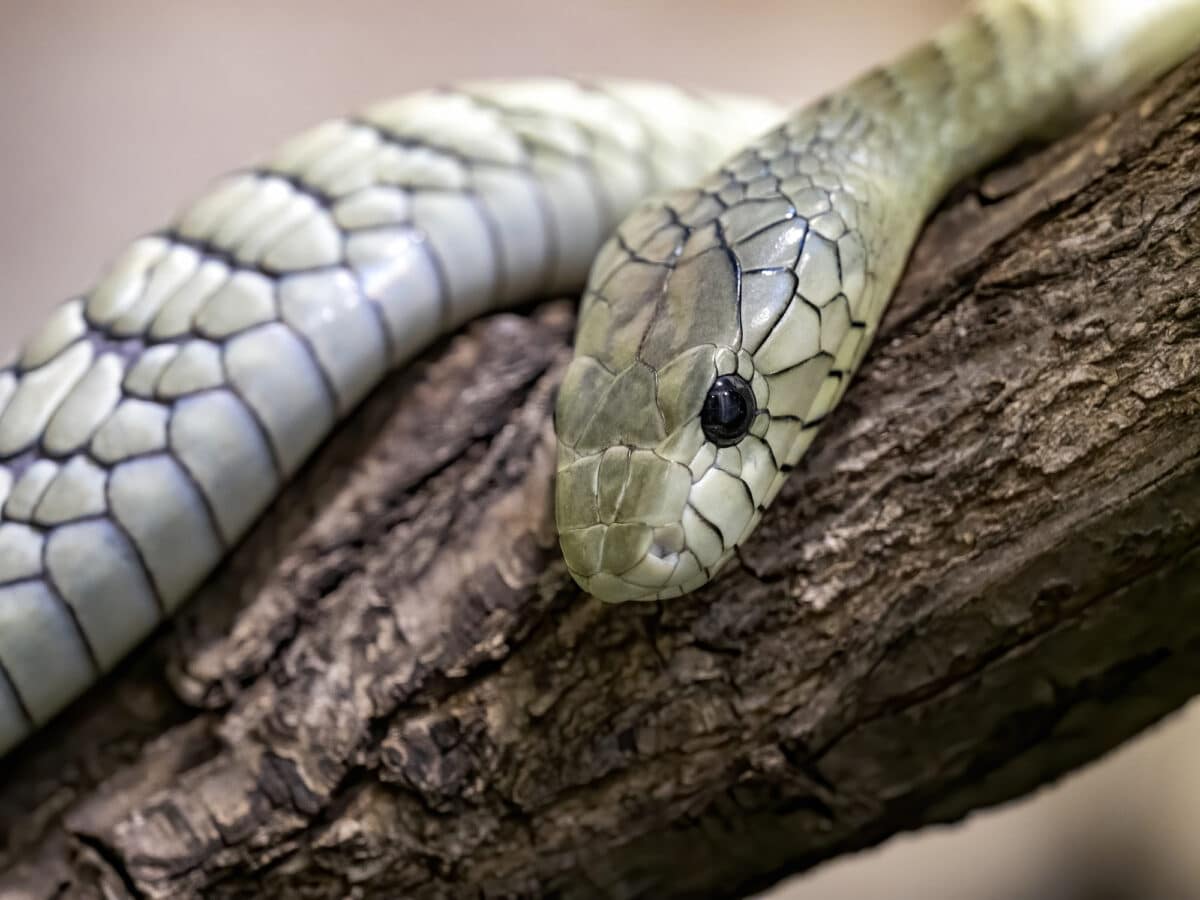
Facilities housing black mambas must implement rigorous safety protocols to ensure the well-being of staff and visitors. This includes secure enclosures, proper training for handlers, and contingency plans in case of an escape or bite incident.
Public Perception and Media Portrayal
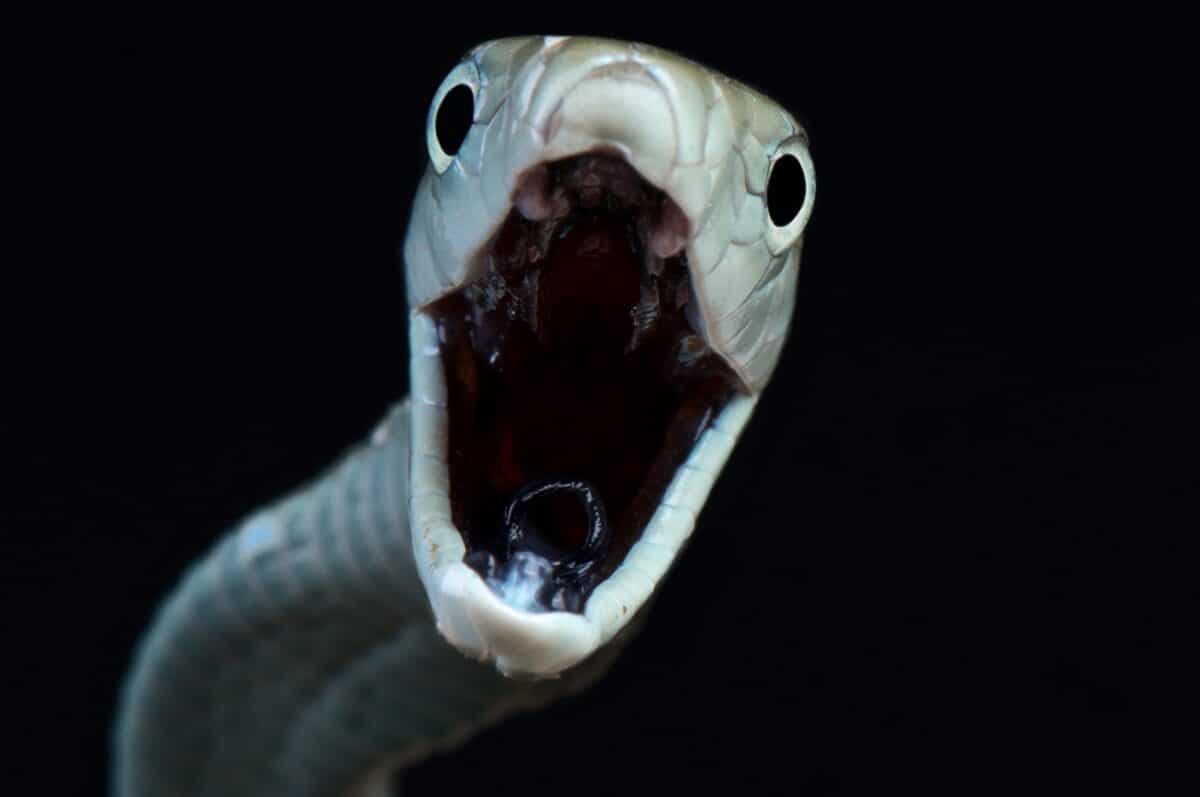
Media portrayals often exaggerate the danger posed by black mambas, leading to skewed public perceptions. Films and television can paint an image of these snakes as aggressive killers, which isn’t entirely accurate. Education helps correct these misconceptions, fostering a more realistic understanding of the species.
Conclusion: The Reality of Black Mambas in the U.S.
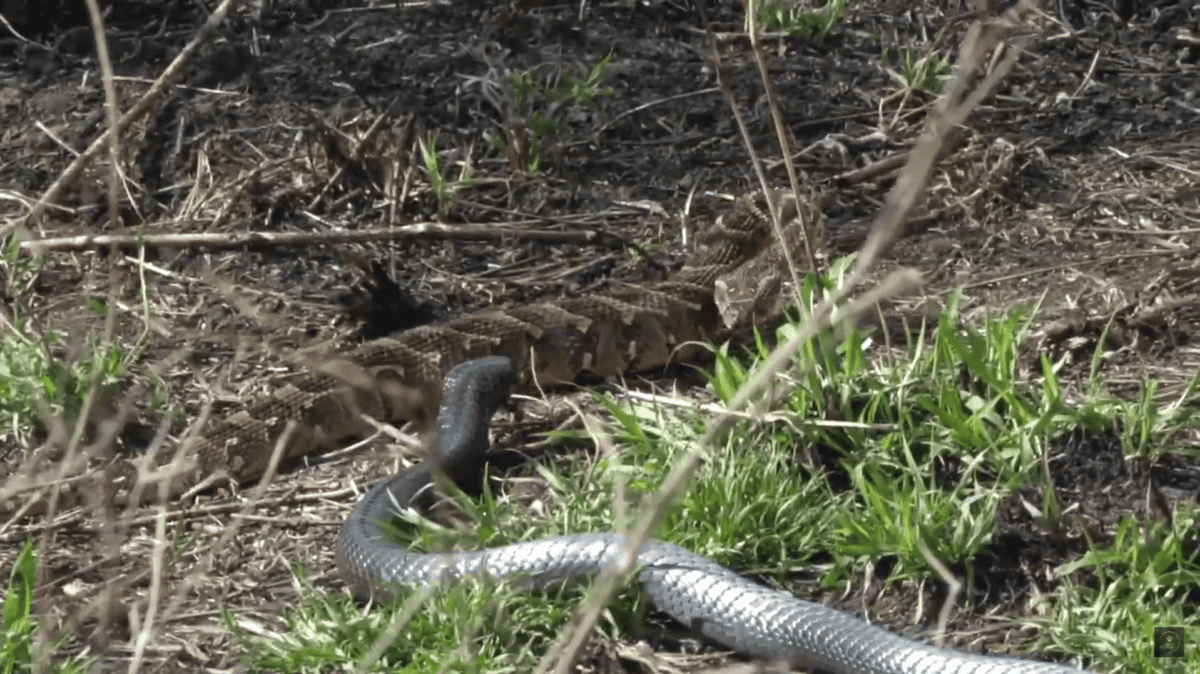
The presence of black mambas in the United States is limited to captive environments under strict regulation. While the fascination with these snakes continues, it is crucial to acknowledge their ecological needs and behaviors accurately. By understanding where these snakes truly belong, we can appreciate their role in the natural world and respect their place within it, separate from our own habitat.
- 12 Animals That Can Drink Seawater and Survive - August 11, 2025
- 12 Aquatic Creatures That Breathe Air - August 11, 2025
- Watch a Chimpanzee throw a Water Bottle at Zoo Visitor - August 11, 2025

